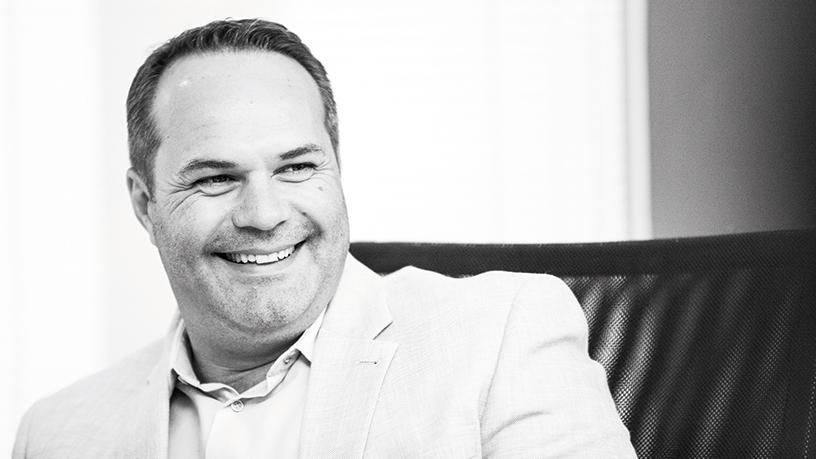
Why is fibre different? Why is it better than ADSL, 3G or any other telecom service?
Grant Parker, GM, SEACOM Business South Africa: The way we see fibre is that it's an enabler for living your digital life. That world is very now. You have to be connected anytime and all the time. It's really about the experience while you are connecting to your business interest and your personal interest. Fibre takes away the barrier to that experience. The more fibre you have access to, the more you will consume. At the end of the day, it comes down to the customer experience at the end of that fibre.
Greg Wilson, CEO of IT, Carrier Solutions, Reflex Solutions: For me, the difference is the way it's been taken to market. Traditionally, we had to wait for Telkom because they had the ADSL network, and we had to wait for them to get service. Fibre is now being rolled out by 20 different players, maybe more. Having many players providing a service means that people can get a product that suits their lives. If they only want a 4Meg service, they can get it.
The market can decide what they want. This is why it's different. This is why it's changing lives.
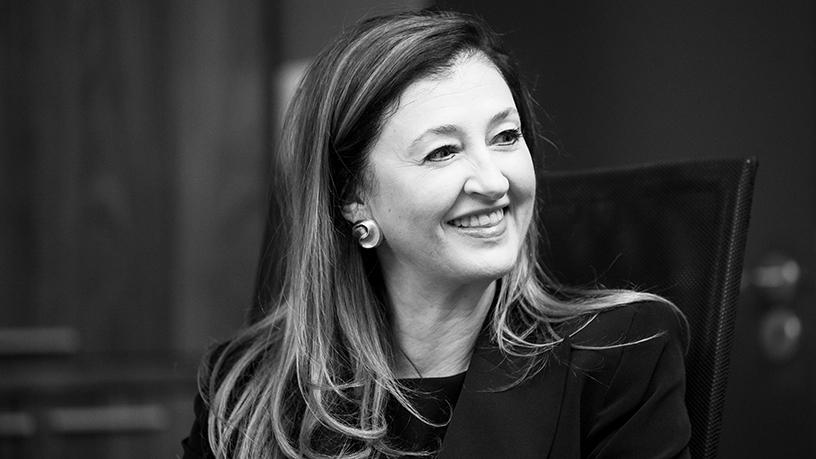
George Kalebaila, research director for telecommunications, media & IoT, International Data Corporation (IDC): When I look at fibre, I don't see any difference when I look at wireless broadband and ADSL. It's part of the connectivity. What is different, are the kinds of applications you can run over fibre. With fibre, you can run more bandwidth-intensive services. Consumers, for example, have a better experience with streaming video and online gaming with fibre.
Johan Nel, ICT channel specialist, Quadular: I disagree. The fact is ADSL has a cap limit. It's the same with mobile. It's this limitation that's stopping people from utilising the internet at full capacity.
Fibre doesn't have that limitation. And once you give people access to it, their thirst for knowledge becomes insatiable. They just want more of it.
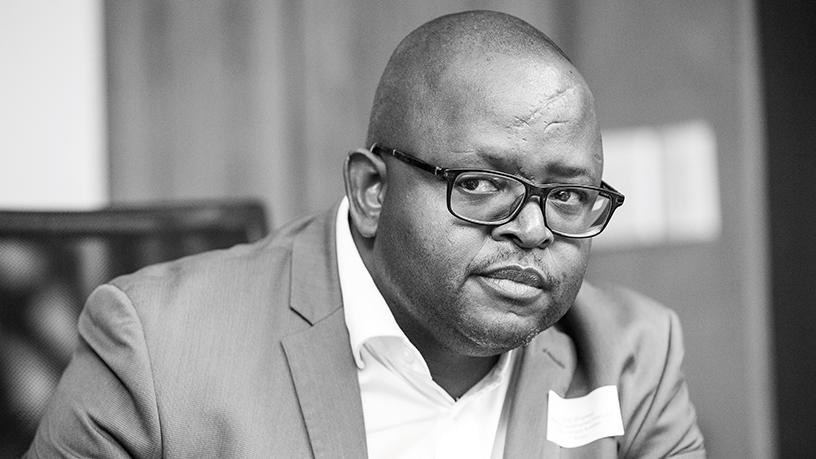
Mariana Kruger, GM: Products and Services, MTN Business: I have to agree with you. When we look at our large enterprises, they need to make sure they have high availability and that their links are up all the time. For them, there is a major difference between fibre and ADSL. When we look at the small- and medium-sized business market (SME), we see a similar pattern. For a small player, when that line is down, they can't do any business. From what we have seen, having access to fibre is becoming important, whether you are a large enterprise or small business.
Riaan Graham, director, Sales, Sub-Saharan Africa, Ruckus Networks: I'd like to add that what fibre gives us is choice. Take multimedia, for example. We have seen SMEs that can compete very favourably with multinationals. Having this kind of connectivity levels the playing fields.
Calvin Collett, CEO, Smart Village: I agree with that, but when it comes to the consumer, the multitude of technologies comes into play. There's no way you are going to get fibre to every corner of South Africa. In some of the more rural areas, ADSL might be the best you will get there.
You also have to take into account usage patterns. Some people will still be into social media while other will be into bandwidth-intensive services like Netflix and YouTube. You've got to find the right mix. The reality is that capped ADSL and LTE products will still provide high-speed broadband, but these caps are going to start to get bigger and bigger.
The more fibre you have access to, the more you will consume.
Grant Parker, SEACOM Business South Africa
We are already seeing this on the fixed LTE side. The caps used to be 30GB, but now they have risen to as high as 500GB. From a consumer perspective, you need a multitude of technologies, and fibre is just one of those access mediums.
Juanita Clark, CEO, FTTX Council Africa: I'd like to add that fibre is fast becoming the enabler of all technologies. Fibre is going to play an absolutely pivotal role in enabling everything. You can't have LTE without fibre. You are not going to have 5G without fibre. It's quite ironic that the very communities that are going to benefit the most from fibre in the rural areas are going to be the ones that are least likely to have it. This is why we have to find a way to push fibre deeper into the network.
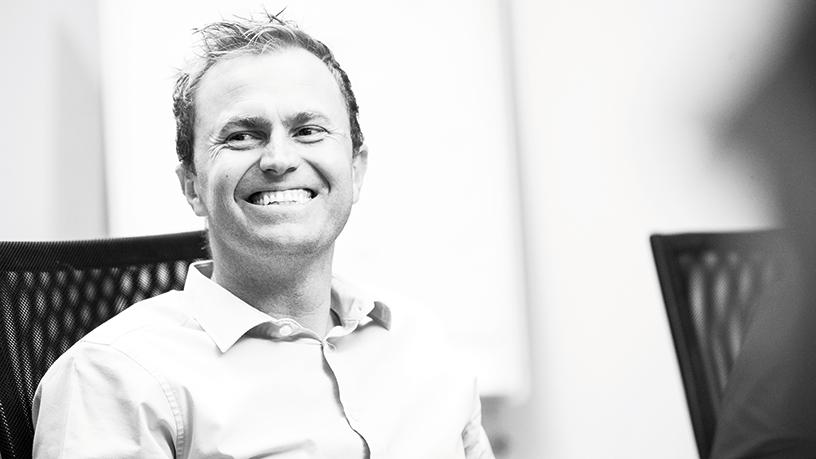
Mariana Kruger, MTN Business: I just want to point out that it's a misconception that we will not be rolling out fibre in the rural areas. If you look at how we are connecting fibre to base stations in these areas, it's relatively easy to connect fibre from these base stations to customers in the area.
Shaun Barkhuizen, CEO, SA Digital Villages: The evolution from copper cables to fibre has been going on for a while for the typical business customer. What's different now is that when it comes to consumers, content has been the big driver.
There's such a demand from end-users. Lots of local content has been generated, and now there are delivery mechanisms to get this content to these users. This demand has seen people wanting uncapped fibre at high speeds. There is literally no limitation to the content the customer can now consume. This change in the consumer market is making its way into the business space. Customers want the same speeds they are getting in the office at home.
Where is the market now? When does the land grab end and the profits come in?
Johan Nel, Quadular: There is going to be a big build-up over the next four years. A huge network capacity is going to be put out there, but at the end of the day, it will still not touch the rural areas.
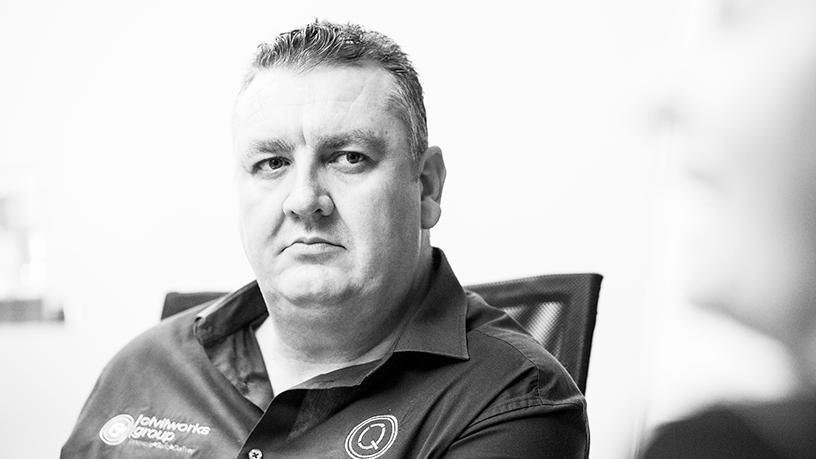
We have seen in some markets in Africa that they have achieved 100% connectivity to the home. In South Africa, however, we don't know where these homes are. So what is the eventual capacity we are going to reach? We don't know.
Shaun Barkhuizen, Digital Villages: As a group, when we looked ahead 12 to 24 months, the concern was, was the market big enough? Was there enough stock out there to participate in this land grab, and was there a limited amount of time for us to participate?
In reality, this is the case, but there is just an enormous amount of stock out there. It's all about how much capital we can put in the ground right now. We are still far away from any kind of saturation. Even in the urban areas, there is strong demand. There has been a lot of fibre rolled out in the LSM 10 suburbs, but there is still an enormous customer base outside of these areas.
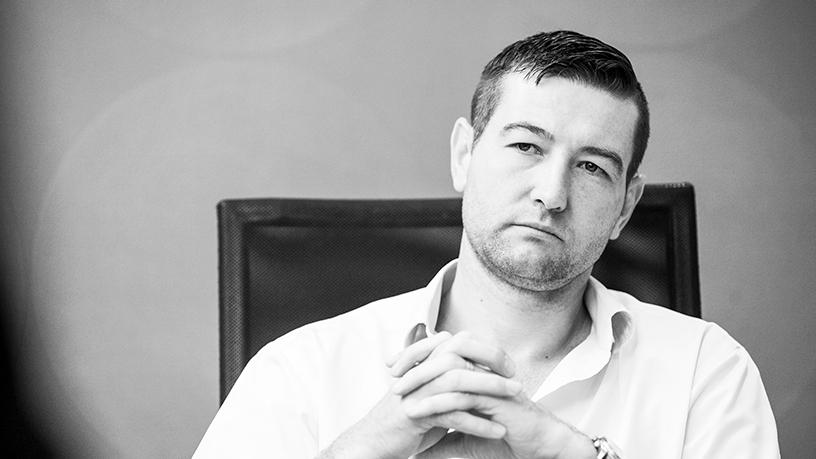
It comes down to how much capital the big operators and the smaller players can get in the ground, and how quickly they can do that. The demand is there.
Henda Edwardes, executive head of Carrier & Communications, Vox: It's all good and well putting fibre in the ground, but a lot of effort should also go into educating the consumer about fibre.
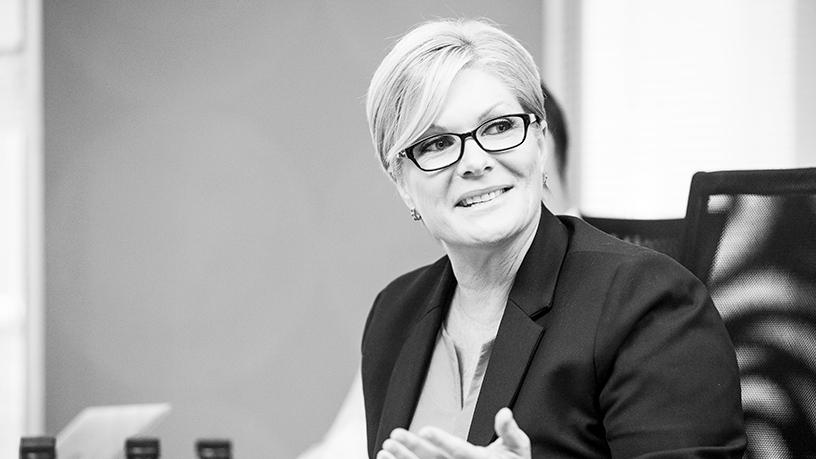
If they don't understand the advantage fibre has over mobile and copper services, they won't sign up for the fibre. There are hundreds of thousands of homes that could get access to fibre, but the people living there have not signed up. Why not? Is it because they are not educated? Is it because they don't understand the benefits fibre brings?
Vino Govender, acting chief strategy officer, Dark Fibre Africa: I agree with that, but the reality is you have to build now. You can't build when the demand comes. If you look at the type of content like cloud computing and virtual reality that will be demanded by the business market, enterprises will be looking for a fast, reliable service that's able to scale.
So when people say 'the internet is bad', that's not true; it's the watered down version of the internet that some service providers are offering that is bad.
Johan Nel, Quadular
Henda Edwardes, Vox: One other thing, from a fibre perspective, it's still quite expensive. If a customer has to choose between upgrading their ADSL line or connecting to fibre, they will pay more for the fibre. Hopefully, with the price war out there, the fibre pricing will align itself and make it more affordable for individual consumers.
Vino Govender, Dark Fibre Africa: What we will see as adoption increases is that fibre operators will get economies of scale. Secondly, there will be market consolidation. We have already seen this taking place. Thirdly, the technologies will mature, which will lead to deployments at a lower price point, but still deliver a quality experience.
Riaan Graham, Ruckus Networks: If there is one thing that tends to get overlooked, it's access. It's all good and well you have fibre in the ground, but if your access component is poor, you are dead in the water. The biggest challenge that we see in the market is that there is a lot of fibre in a neighbourhood, but we are not creating stickiness with customers. This is because the competition will have to get so fierce, you have to get to a price point that will make it viable for this person to switch from ADSL to fibre.
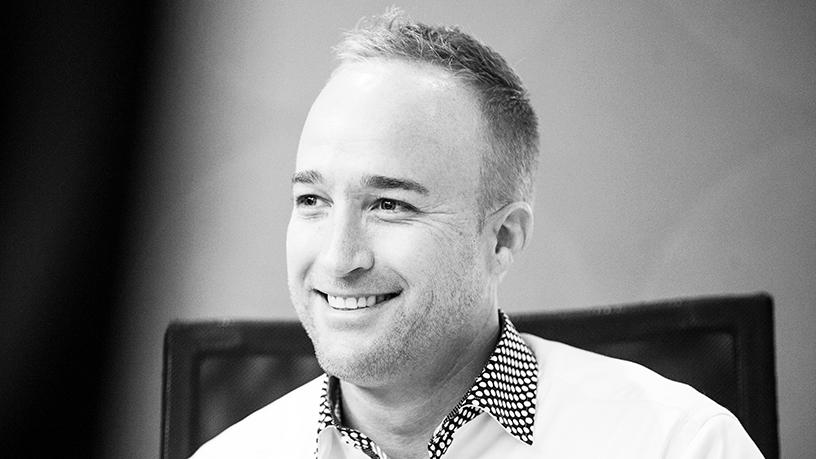
The problem is the access device - a modem - that will bring content into their home is not capable of servicing longevity. On average, there are 12 connected devices in the South African fibre home, and within 24 months, that can double. The access device that feeds the connection into the fibre will determine the success of the stickiness with the customer base or not.
Vino Govender, Dark Fibre Africa: This is why open access networks are so important, as it reduces the cost structure for ISPs. More importantly, it gives the end-users a choice as it forces competition at the service level, which means the customer benefits.
The fibre model seems remarkable different from the ADSL model. Why?
Vino Govender, Dark Fibre Africa: ADSL was run by Telkom, which had a natural monopoly when it came to running this service. This changed about ten years ago, when a very important court decision permitted operators to operate infrastructure independently from Telkom.
That's how we started. We saw the gap in the market and started offering our own service.
Johan Nel, Quadular: It must also be remembered that the ADSL network was built to a specific specification. In contrast, we now have networks that are disparate and built by Tier 1, Tier 2 and Tier 3 providers. This means you might not have the service providers that you would like, in the area that you wish. This results in the quality of service differing from area to area. So when people say 'the internet is bad', that's not true; it's the watered down version of the internet that some service providers are offering that is bad. At some point, saturation needs to be achieved, and we need to target that saturation, so we have a consumer base that has equal access to the services that are provided by the people that are around this table.
Will we see a partnership between the likes of Netflix and fibre providers?
Butiki Shabangu, business development executive: Government Business, ?Ansys: Firstly, as much as we think we have good penetration off fibre, the truth is we are still far from where we want to be. For Netflix to come in, they need a good business case, but looking at how much fibre still needs to be laid, the case is still not there.
Greg Wilson, Reflex Solutions: I think content providers don't want to link themselves into a particular network. Whoever has the best connective gets to access it, and the internet suits this just fine. The network owners, however, still want to launch their own content services, as they are looking to create an additional revenue stream and stickiness with their clients. In the South African context, it will largely come down to who will get sporting rights.
This article was first published in the June 2018 edition of ITWeb Brainstorm magazine. To read more, go to the Brainstorm website.
Share